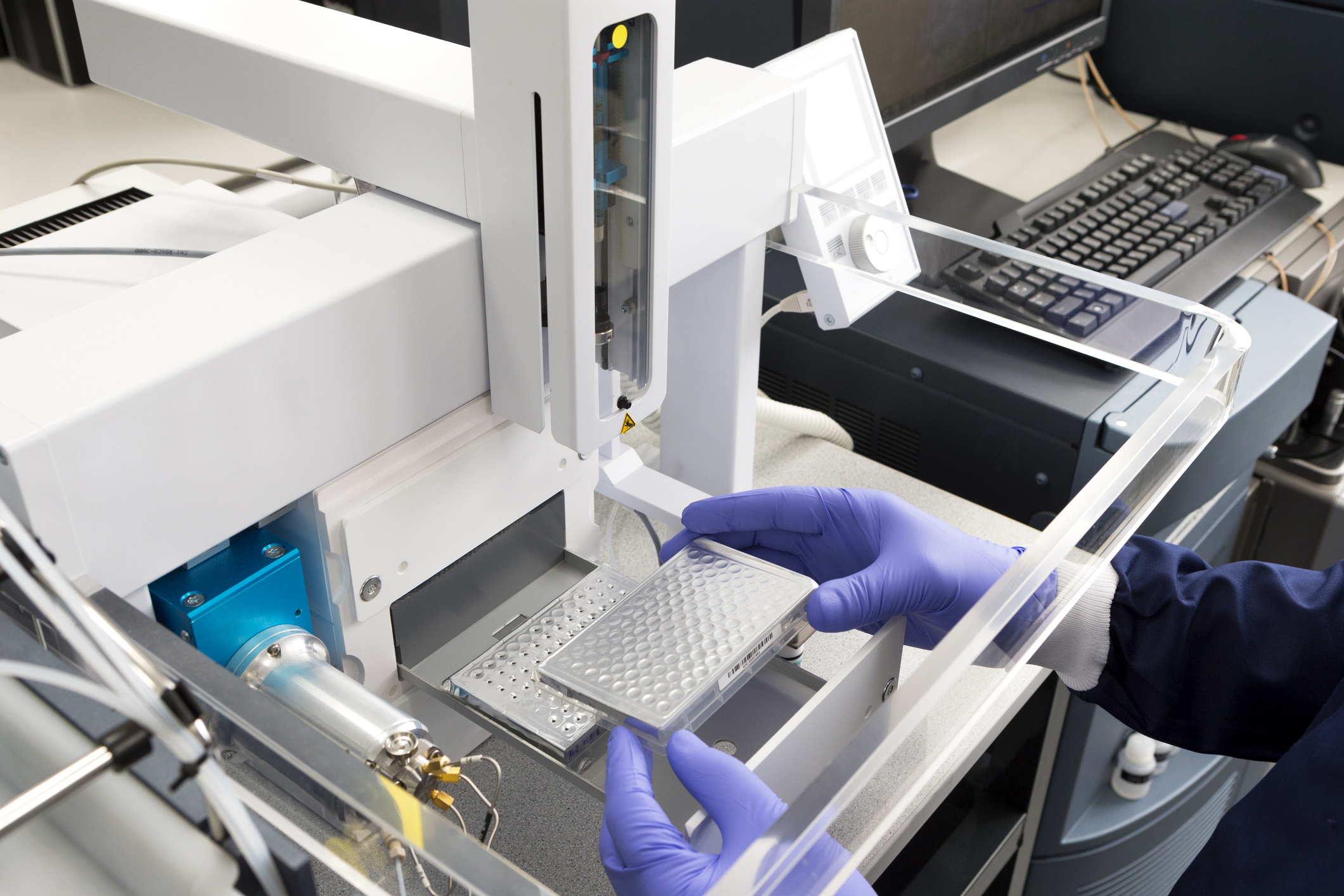Microfluidic Devices for Drug Screening in Ophthalmology
Introduction
The realm of ophthalmology has witnessed remarkable advancements in recent years, particularly with the advent of microfluidic technology. Microfluidic devices, characterized by their ability to manipulate minute volumes of fluids on a microscale, have emerged as a game-changer in the field of drug screening and discovery. This article delves into the intricacies of microfluidic devices and their applications in ophthalmology, focusing on their role in revolutionizing drug screening methodologies and paving the way for innovative therapeutic interventions.
Understanding Microfluidic Devices
Microfluidic devices, often referred to as “labs-on-a-chip,” comprise intricate networks of microchannels, chambers, and valves fabricated on a small chip. These devices enable precise control over fluid flow, mixing, and reactions within confined spaces, offering a versatile platform for various applications in life sciences and biotechnology. In the context of ophthalmology, microfluidic devices hold immense potential for advancing drug screening methodologies, thanks to their ability to replicate physiological conditions and mimic complex biological processes on a miniature scale.
Challenges in Ophthalmic Drug Screening
Traditional approaches to drug screening in ophthalmology have long grappled with inherent limitations, including high costs, low throughput, and inadequate physiological relevance. Moreover, the intricate anatomy and physiology of the eye pose significant challenges for drug delivery and efficacy assessment. Conventional screening methods often fail to capture the dynamic interactions between drugs and ocular tissues, hampering the discovery and development of effective therapeutics for ocular diseases.
Role of Microfluidic Devices in Drug Screening
Microfluidic platforms offer several distinct advantages for drug screening in ophthalmology, making them an attractive alternative to conventional methods:
- High Throughput Screening: Microfluidic devices enable parallel screening of multiple drug candidates in a high-throughput manner, significantly reducing time and resource requirements.
- Precise Control over Experimental Parameters: These devices afford precise control over critical parameters such as drug concentration, exposure time, and fluid flow rates, facilitating accurate assessment of drug efficacy and toxicity.
- Miniaturization and Cost-Effectiveness: The miniaturized nature of microfluidic devices translates to reduced consumption of reagents and samples, making them cost-effective and ideal for screening rare or expensive compounds.
- Physiological Relevance: By replicating the microenvironment of the eye, including tissue architecture, fluid dynamics, and cellular interactions, microfluidic devices provide a more physiologically relevant platform for drug screening compared to traditional methods.
Applications of Microfluidic Devices in Ophthalmology
Microfluidic devices find diverse applications in ophthalmic drug screening, including but not limited to:
- Optimization of Drug Delivery Systems: Studying the kinetics of drug release and transport across ocular barriers to optimize drug delivery strategies for enhanced efficacy and targeted delivery.
- Disease Modeling: Recapitulating the pathophysiology of various ocular diseases, such as glaucoma, diabetic retinopathy, and age-related macular degeneration, to screen potential therapeutic interventions and unravel disease mechanisms.
- Toxicity Screening: Evaluating the safety and biocompatibility of candidate drugs on ocular tissues, including the cornea, retina, and optic nerve, to mitigate potential adverse effects.
- Personalized Medicine: Developing patient-specific drug screening assays using patient-derived cells or tissues to tailor treatment regimens and optimize therapeutic outcomes for individuals with ocular diseases.
Conclusion
In conclusion, microfluidic devices represent a paradigm shift in ophthalmic drug screening, offering a versatile and robust platform for accelerating the discovery and development of novel therapeutics for ocular diseases. By harnessing the unique capabilities of microfluidic technology, researchers can overcome the limitations of traditional screening methods and unlock new avenues for personalized medicine in ophthalmology. Continued innovation and interdisciplinary collaboration in the field of microfluidics hold the promise of transforming the landscape of ocular research and ushering in a new era of precision therapy for patients with sight-threatening conditions.
World Eye Care Foundation’s eyecare.live brings you the latest information from various industry sources and experts in eye health and vision care. Please consult with your eye care provider for more general information and specific eye conditions. We do not provide any medical advice, suggestions or recommendations in any health conditions.
Commonly Asked Questions
Microfluidic devices offer precise control over fluid flow and experimental parameters, allowing for more accurate drug screening in ophthalmology compared to traditional methods.
Yes, microfluidic devices can replicate the physiological conditions of the eye, including tissue architecture, fluid dynamics, and cellular interactions, providing a more realistic platform for drug screening.
Microfluidic devices can be used to study a wide range of ocular diseases, including glaucoma, diabetic retinopathy, age-related macular degeneration, and more.
Microfluidic-based drug screening assays can be tailored to individual patients, allowing for personalized treatment regimens based on specific disease characteristics and patient responses.
Microfluidic devices offer advantages such as high throughput, precise control over experimental parameters, miniaturization, cost-effectiveness, and enhanced physiological relevance.
While microfluidic devices offer many benefits, challenges such as fabrication complexity, scalability, and compatibility with existing screening protocols may need to be addressed for widespread adoption.
Yes, microfluidic devices can assess the safety and toxicity of candidate drugs on ocular tissues, providing valuable insights into potential adverse effects before clinical trials.
Microfluidic devices facilitate the study of drug release kinetics and transport across ocular barriers, aiding in the optimization of drug delivery systems for targeted and sustained release.
Microfluidic devices are typically fabricated using techniques such as soft lithography, micro-milling, or 3D printing, allowing for precise control over channel geometries and device functionalities.
Several companies offer commercial microfluidic platforms tailored for ophthalmic research, providing researchers with ready-to-use solutions for drug screening and discovery applications.
news via inbox
Subscribe here to get latest updates !








